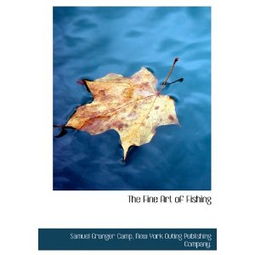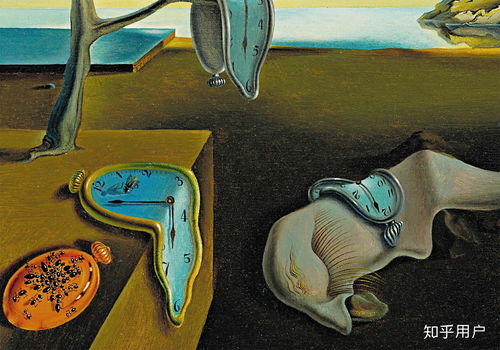As the world transitions from the warmth of autumn to the crisp chill of winter, anglers often find themselves pondering the best methods for catching fish during the cold season. Among the myriad species that become more elusive as the temperature drops, the common carp (Cyprinus carpio) or simply “crappie,” as it's known in some regions, remains a popular target for many. Here's a comprehensive guide on how to effectively fish for crucian carp during the early days of winter, with a focus on key techniques and strategies.
Understanding the Behavior of Crucian Carp in Winter
Before delving into the specifics of how to fish for crucian carp during winter, it's crucial to understand their behavior during this time. In colder months, crucian carp tend to become more lethargic and move to deeper, warmer waters. They are less active and feed primarily for energy conservation. Therefore, your approach to fishing must adapt to these changes.
Choosing the Right Equipment
Rod and Reel: Opt for a lightweight, sensitive rod that can detect subtle bites. A medium-action rod with a fast tip is ideal for crucian carp. Pair it with a reel that has a smooth drag system to handle the lighter line and prevent the fish from escaping.
Line: Use a fine mono-filament line, such as 4-6 pounds, which is thin enough to avoid spooking the fish but strong enough to handle the occasional tug-of-war.
Hook: A small, sharp hook is essential for crucian carp. A size 8-10 is typically sufficient.
Bait: In winter, crucian carp often prefer live bait, such as worms, maggots, or small pieces of fish. However, artificial lures can also be effective, especially during sunny intervals when the fish are more active.
Selecting the Right Location
Deeper Waters: Focus on deeper areas of the lake or river, where the water temperature remains relatively stable and warmer. Look for drop-offs, ledges, or areas with submerged vegetation.
Structure: Pay attention to any structure that could hold crucian carp, such as fallen trees, rocks, or brush piles. These areas can provide both cover and warmth.
Current: If you're fishing a river, try to find a slow-moving or still-water area, as the current can be too much for lethargic fish.
Techniques for Early Winter Crucian Carp Fishing
Bottom Bouncing: This technique involves slowly dragging your bait along the bottom, mimicking the natural movement of worms or insects. Use a weight to keep your bait in place and maintain contact with the bottom.
Dead Sticking: With this method, you simply let your bait sit still on the bottom. It's particularly effective in colder water when the fish are less active. Adjust your rod position to keep the bait from moving too much.
Jigging: For artificial lures, use a slow and erratic retrieve to mimic the struggling of a struggling prey. Jigging can be effective when the fish are less likely to move towards the bait.
Patience is Key: Winter fishing requires patience. The fish are not as aggressive, so it's important to wait for longer periods between casts and bites.
Final Tips
Weather Conditions: Keep an eye on the weather forecast. Clear, sunny days can be more productive than overcast ones, as the sun can warm the water and stimulate the fish.
Safety First: Dress warmly and be prepared for cold weather. Hypothermia is a real risk, especially if you're out on the water for extended periods.

Conservation: Remember to release crucian carp gently and carefully, as they are a popular species for anglers and conservationists alike.
By understanding the behavior of crucian carp during winter and adapting your techniques accordingly, you can increase your chances of success when fishing during the early days of winter. With the right equipment, location, and patience, you'll be well on your way to catching these delightful fish as the world transitions into the colder months.












